

Instead of throwing your used coffee grounds away, recycle them in your garden! Plants will thank you for it!
If you’re not a coffee drinker, you can still reap the benefits of using coffee grounds. Just ask the neighborhood coffee shop for a bucket or two of fresh-pressed coffee grounds!
Read also:
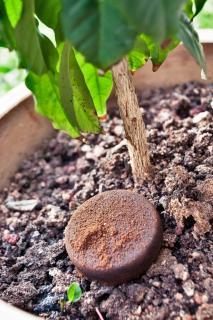 Coffee grounds contain high levels of potassium, magnesium, phosphorus and copper.
Coffee grounds contain high levels of potassium, magnesium, phosphorus and copper.
It’s an excellent item to combine with other natural fertilizers such as fermented nettle tea or crushed horn and bone powder.
Since these last few are chock full of nitrogen, when paired with your coffee grounds you’ll be giving your plants all they need to thrive.
Spread it at the foot of plants or mix it into the soil.
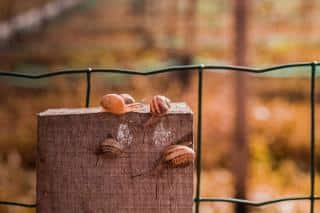 Coffee grounds pack a powerful smell. We love it, but pests like slugs, snails, aphids, ants, flies and nematodes hate it!
Coffee grounds pack a powerful smell. We love it, but pests like slugs, snails, aphids, ants, flies and nematodes hate it!
Sprinkle it generously around your young seedlings to divert those mollusks away from them. Remember to do this more than once to extend the coffee’s pest-repellent properties, especially after it rains.
Yes, we love our cats and kittens, and with their purrs and cuddles they sure love us back. But for some strange reason they just can’t understand a few basic things, like not to nibble at our prize peace lily or poo all over the brand new perennial flower bed!
To keep your cat from leaving teeth marks on leaves, wipe them with coffee grounds. Spread some grounds at the foot of the plant and spray the leaves with coffee (not hot! at room temperature only). The smell will send the cat further off, especially if you double down and add citrus peels, too.
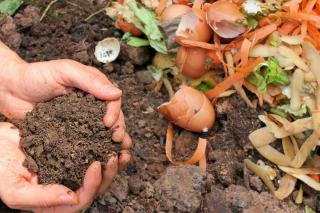
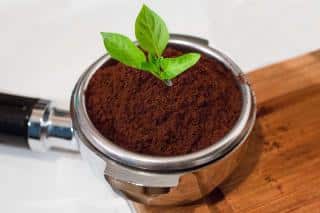
Hydrangeas will stay blue even if the underlying soil is neutral. In alkaline soil, you can’t really change the pH, even over time. It’s much simpler to use pots for growing in that case.
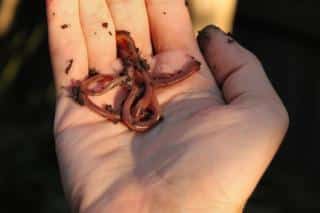
Worms are essential because as they burrow around, their galleries help bring oxygen for micro-organisms to breath with.
Include coffee grounds in a vermicompost with no restrictions!
Once dry, coffee grounds can be used as a growing substrate for seedlings. Thanks to its nutrients and pest-repelling properties, it’s ideal for young seedlings. However, you shouldn’t use it pure. Mix it into seedling soil mix and a good portion of sand. Pure coffee grounds will stunt seedlings and also won’t drain well enough, depending on how fine it is ground.
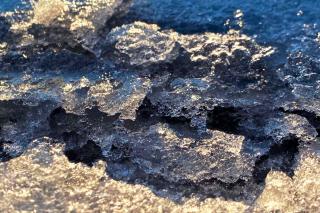
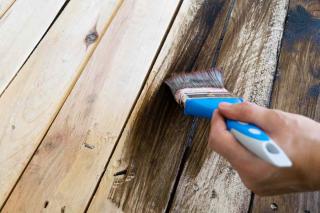
It will restore the wood’s original colors and masks scratches.
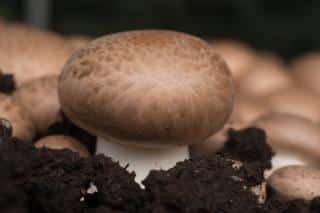
Three weeks later, after storing it in a dark, warm spot, just bring the pouch out into the light and water it to maintain constant moisture. Sprouting usually occurs ten days later: tiny mushrooms that will swell within hours!